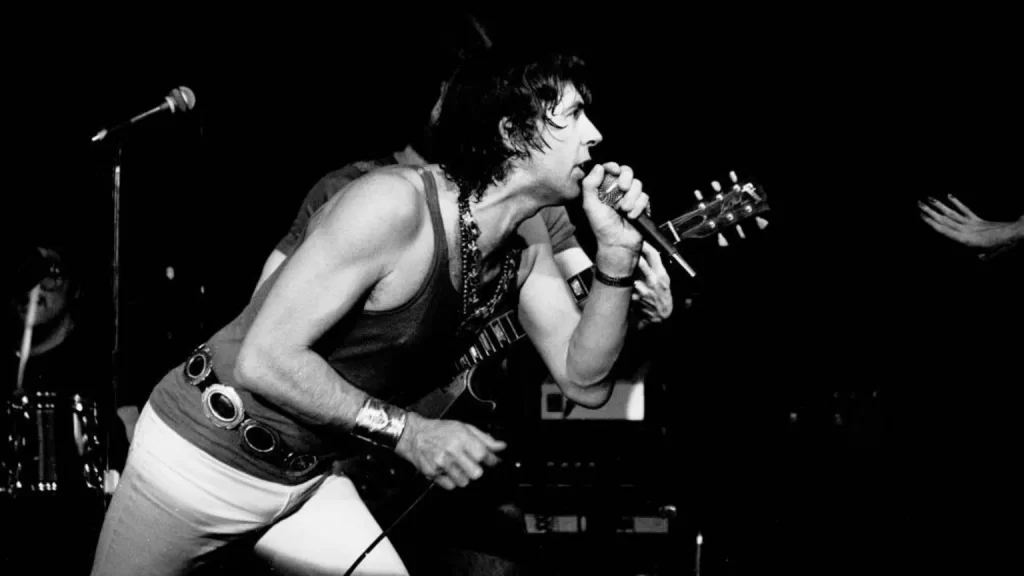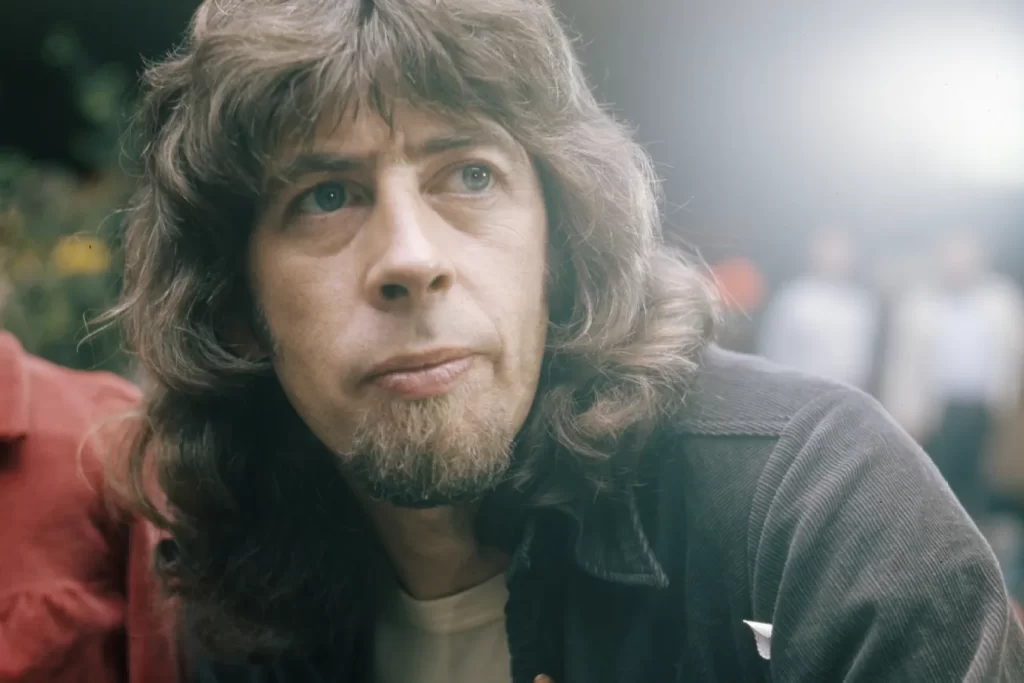John Mayall stood above the British Invasion superstars. The Rolling Stones, Animals, Yardbirds, and Cream may have used blues as inspiration for their rock music, but John stood alone among them. While they had a dotted line connection to the American blues legacies, John had a solid line connection.
In 1994 he told me, “Sonny Boy Williamson was my idol of course as opposed to Little Walter who was amplified harp. I lean more towards the acoustic harp the way Sonny played it, and Sonny Terry, people like that. So, I got on really well with him as well as anybody could really because he was definitely a very cantankerous character.”
Mayall deserves to be included in the hallowed group of legacy artists like Muddy Waters and Howlin’ Wolf. “In ’56 when Brownie McGee and Sonny Terry came over, they came over to my house, and we spent time all night talking. So, I was hanging out with all these people back in the ’50s.”
Eric Clapton, Peter Green of Fleetwood Mac and Mick Taylor earned their blues creds working for Mayall’s Bluesbreakers. Other graduates included Fleetwood Mac’s John McVie and Mick Fleetwood, Cream’s Jack Bruce, Free’s Andy Fraser and blues stalwarts Walter Trout, Coco Montoya, and Buddy Whittington.
“The reason I choose musicians is what they bring to the table, and I enjoy their work,” he once told me.” I want to give them an opportunity to express themselves because that’s what I hired them for. So, I enjoy their playing and fortunately, being a band leader, I get to choose who I want to play with. So, I indulge my own musical enjoyment.”
When John Mayall played King Biscuit Blues Festival in 2016, I introduced him on the main stage, and was pleased and relieved that such a hardcore blues audience would embrace him as a main stage headliner. They greeted him with the same enthusiasm they had for Bobby Rush, Pinetop Perkins, and Otis Rush.
I’ll never forget the look on Eric Clapton’s face when I pulled out an album cover for him to sign in 1990. I’d just done an interview with him for the preface of my biography on Buddy Guy, Damn Right I’ve Got The Blues, deep in an Adirondack retreat. He was obviously relieved that our subject was someone other than himself. We’d spent more than an hour talking about Buddy Guy’s influence, and I’d come away with the impression that Clapton was trapped in a bubble of fame, numb and bored with a world that looked at him as superhuman.
The album I had him sign was Bluesbreakers John Mayall with Eric Clapton, recorded in 1965 when Clapton was 19 years old. It’s known as “The Beano album” because it pictures a blasé Eric Clapton reading a British Beano comic book while the rest of the band stares into the camera. It was Clapton’s first release since leaving The Yardbirds in disgust over their abandonment of real blues on the song “For Your Love.” Almost 60 years later, that album is recognized as the primer for contemporary blues rockers. When I handed it to Clapton his demeanor changed. It was as if I’d shaken him awake, burst him out of his bubble. He got it! He understood my interview was about Buddy Guy’s blues, not Clapton’s myth.
John Mayall was a decade older than the British Invasion rock stars and his background was in jazz. He was the “Godfather” to these would-be rock tastemakers, the poet laureate, the full professor who from the beginning of his recording career was 20 years ahead of the curve. He remained an innovator in the genre right up to his death at age 90.

In 2016 he described to me the process he went through in creating his albums. “It usually takes us a week to do the whole thing. There’s no reason for it to be any longer than that because we like to capture things like you would do on a live gig.
“You just do the thing in a couple of takes or one take in most cases. There is a creative force where improvisation is the main thing. The whole idea is to create music as you’re playing. You’re exploring the music. The whole idea (of a concert) is to create something that particular evening.” In another interview he explained, “It only takes three days to do all the backing tracks and then a couple of days for me to put on my bits and pieces and do the lead vocals.”
The Wall Street Journal once called Mayall “a pioneer granting PhDs in blues.” Incredibly agile and fresh 60 years into his career he picked his musicians for their facile ability to improvise and be fast on their feet.
Early on when white artists started co-opting a style born by African Americans in the delta and electrified in the South and West Sides of Chicago, there were some who claimed white artists were stealing the blues from African-Americans who created the blues. I don’t remember anyone ever saying that about John Mayall.
To top it all off, John Mayall remained forever humble about his contributions to blues. “I might have been dissatisfied with my own attempts being far short of the idols of the songs we were covering, people like Otis Rush and Freddie King. We were in awe of these people and Sonny Boy Williamson. Our attempts seemed rather feeble by comparison. We were developing our own style. And yet to me I was trying to learn those licks. Being a different person, of course, they came out differently.”
Before he played King Biscuit, Mayall told me, “As long as I have my health and the energies needed to give a storied performance, that’s what I do. I think that’s what’s most important. I really love to play with these guys, and we have a great time together on the road. So, that’s it. So as long as that continues, I don’t see anything slowing down.”
He will be missed, but his music lives on eternally.


